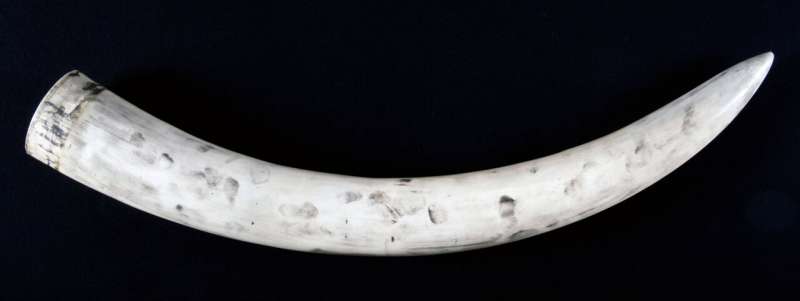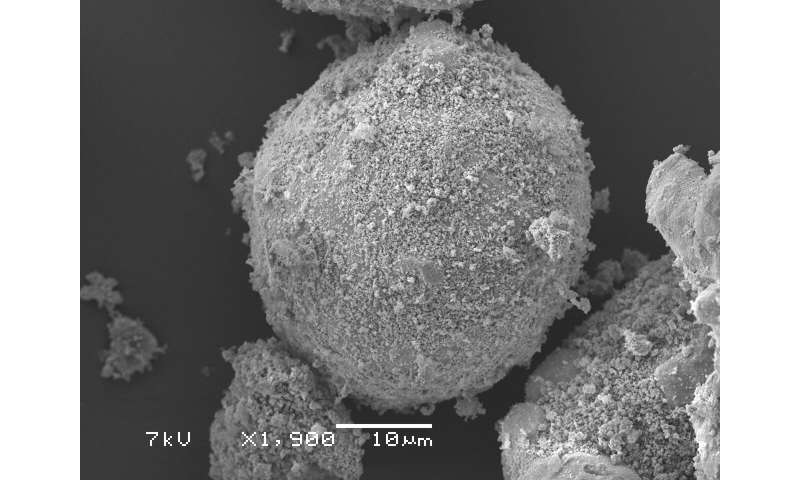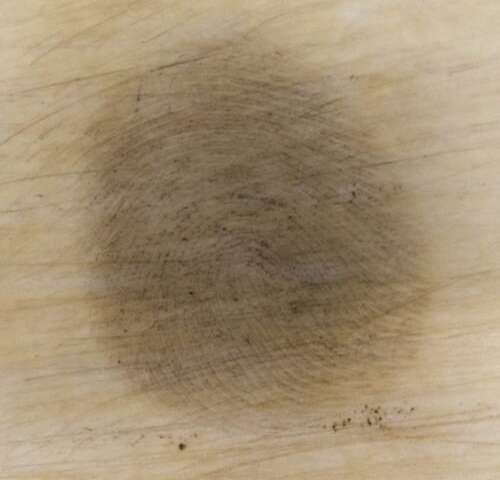New techniques for retrieving fingerprints from ivory to mitigate poaching

The use of new techniques for retrieving fingerprints from ivory has been validated for the first time by scientists from King's College London and University College London in collaboration with imaging and fingerprint experts from the Metropolitan Police.
The findings could lead to wider use of fingerprinting methods in the field to more easily identify poachers in regions with high levels of ivory-related crime.
Ivory has previously been considered difficult to obtain fingerprints from as it is a highly porous, ridged material. This means fingerprinting has not been commonly used on ivory, despite being one of the oldest, simplest and most cost-effective forensic tools.
In recent years, newer powder materials have emerged for fingerprinting, composed of smaller particles, which allow for more detail to be observed as they adhere better to smaller amounts of fingermark residue left behind.
The latest study tested three types of powders on three seized elephant tusks loaned by the Metropolitan Police Service's Wildlife Unit.
The team found that newer reduced-size powders were able to provide clearer, useable fingerprint detail that is vital for identifying the donor. The clarity of ridge detail was found to be at its highest within seven days after the print was deposited, suggesting the method would work best in regions of the world that are closest to the sources of ivory.
Study author, Dr. Leon Barron, a senior lecturer in forensic science in the Division of Analytical and Environmental Sciences at King's, said: "Our study has shown for the first time that these newer powders could potentially be used for identifying poachers, and are especially suited to rangers working in the field."
-

Electron micrograph of a reduced-size magnetic particle. Credit: King's College London -

Enhanced 28-day-old fingerprint on ivory. Credit: King's College London
Provided by King's College London
















